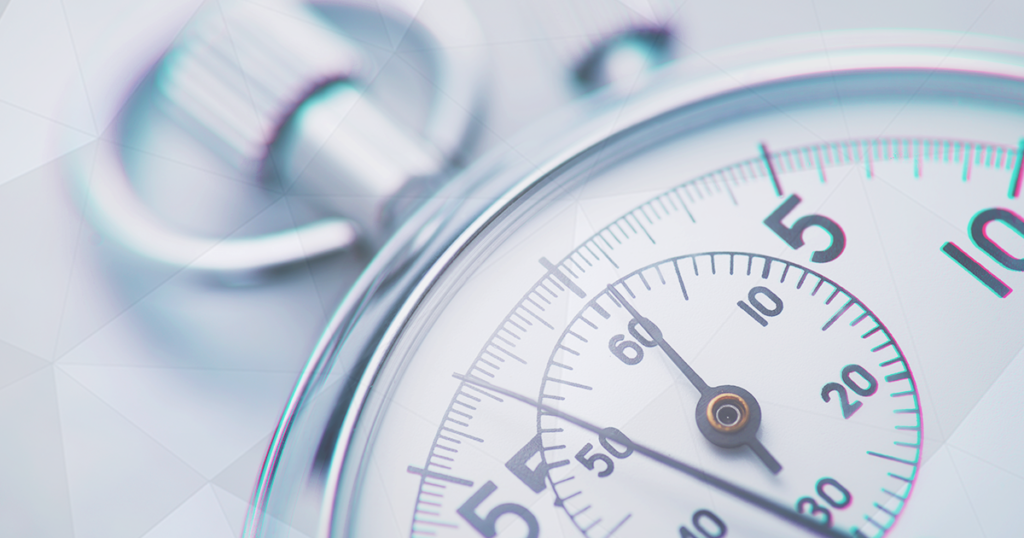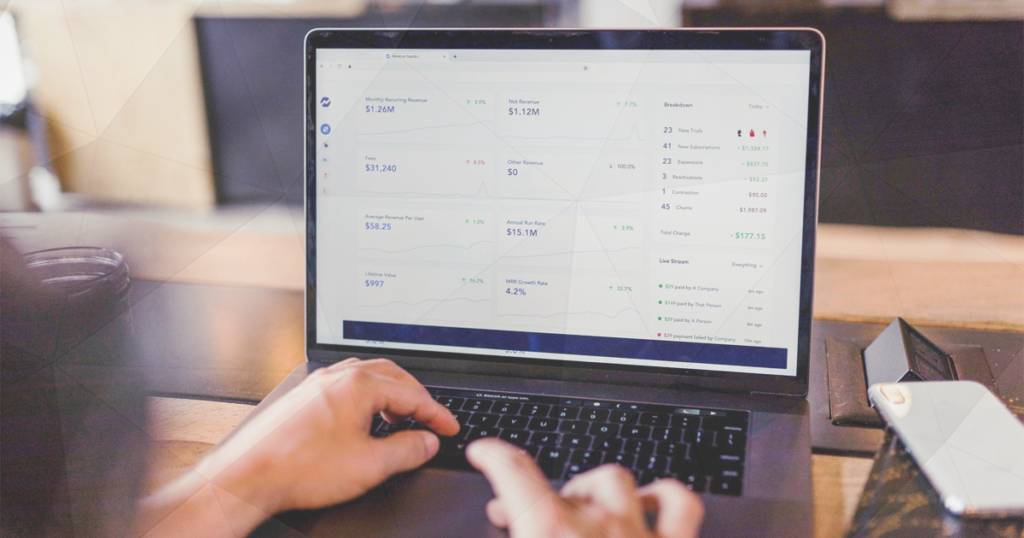15 Quickfire Ways to Become a Better Trader

So, you want to become a better trader?
Here’s our list of the most effective trading tips to help you improve your trading. Whether you’re a beginner or a seasoned trader, these quickfire ways to become a better trader cover any level of trading experience.
15. Prepare for the trading week
One of the most important habits you can acquire to become a better trader is to prepare for the trading week ahead. This includes checking the economic calendar and earnings releases for the upcoming week, identifying important technical levels that are about to get broken, analysing investor flows in the market, and reading relevant market news that could impact the trading week.
I personally like to have everything arranged in an Excel file. Each sheet of the file covers one aspect of the market, such as economic surprises, risk aversion, flows, technical levels, correlations, and more. I update the sheet every weekend and get a good idea of what the market is likely going to do in the coming days. This way, I am prepared to pull the trigger and open my positions even before the markets open.
An important part of preparing for the upcoming trading week is reading relevant market news. Often, the same themes and narratives that are moving markets continue to be relevant during the upcoming week, providing you with a powerful insight into what direction certain markets could take.
Read: A Day in the Life of a Day Trader
14. Always use stop-losses or trailing stops
Using stop-losses is vital if you want to survive in the trading business in the long run. In essence, stop-losses are pending orders that close a position in loss after the price reaches a pre-specified level. In short positions, a stop-loss buys at the pre-specified price, and in a long position, a stop-loss sells at the pre-specified price. Stop-losses are also essential for any kind of risk management and should be used in all of your trades.
In trading, the markets often go against us. It’s important to have a mechanism that avoids uncontrolled losses and that protects our trading capital. However, don’t place your stop-losses to tight to your entry price, or you’ll get stopped out on simple market noise. Successful traders place their stop-losses above or below important support and resistance levels, depending on the direction of their trade.
Also, you’ll often feel the temptation to move your stop-loss when the price goes against you. Although traders don’t like to be wrong and avoid closing a trade in loss at any cost, it’s important to know that trading is a probability game: Sometimes we win, sometimes we lose, but in the long-term successful traders are able to keep their profits above their losses by using and sticking to stop-loss levels.
Trailing stops are similar to stop-losses, with the main difference that they follow, or “trail”, the price as the trade goes in your favour. You can use trailing stops to lock in part of your profits in a winning trade.
13. Follow market news
Market news often has a significant impact on the direction of financial markets. Always stay up-to-date on relevant news by following news sites and portals, and you’ll soon be able to identify recurring patterns between certain news and the markets.
Popular business websites include bloomberg.com, cnbc.com, and reuters.com.
Read: Your Go To List to Get Real Time Stock Market Quotes
12. Assess your risk tolerance
Many retail traders don’t know whether they’re risk-tolerant or risk-averse. By definition, traders need to carry a healthy dose of risk tolerance, as risks are positively correlated with trading profits.
The more risk we take, the more profits we can squeeze out of the markets, but here’s the catch: One wrong move and we can lose a large chunk of your trading account if we take on too much risk. That’s why it’s important to assess how much risk we can handle and find the sweet spot between the possibility of blowing our account and increasing trading profits. We’ll discuss risks in trading in more detail later in this article.
11. Use technical levels as a tactical tool
Retail traders like to trade on technical levels, such as double tops and bottoms, triangles, and trendlines. Although many traders are profitable by trading only technical levels, you could increase your success rate by combining fundamental and technical analysis and by using technical levels only as a tactical tool.
In other words, try to pick a direction for the market based on fundamentals, such as market reports, news, inflation and interest rates, and capital flows, and use technical levels to find suitable entry and exit points for your trade ideas. This will help you to avoid fighting against fundamental forces and increase your winning rate.
10. Analyse capital flows
Another tip that can help you become a better trader is to regularly analyse capital flows in the markets you’re trading. We’ve already mentioned flows a couple of times so far: Capital flows can form trends and reverse them, they’re an important force that can impact any financial market in the world. With the fall of global trade barriers in the early 90s, capital flows have become the dominant force of global markets. An increase of flows into certain markets will likely cause that market to rise, and a decrease in capital flows will put downward pressure on that market.
Each Friday, the Commodities and Futures Trading Commission (CFTC) publishes changes in positions in the futures market, which can be used as a barometer to gauge the direction of capital flows. The futures market can also be used as a representative of the spot market in this regard.
There are two reports you need to follow: The legacy report and the TIFF report. The legacy report is based on commercial and non-commercial traders and the changes in their overall positions in the market. The TIFF (Traders in Financial Futures) report shows that changes in positions of asset managers, leveraged funds, and dealers. You can find those two reports on the CFTC website, under Commitment of Traders (www.cftc.gov)
Read: 7 of the Best Futures Trading Strategies (And 3 to Avoid)
9. Keep a trading journal
Traders often neglect the importance of keeping a trading journal, even though it could significantly help them to become better in their trading. As their name suggests, trading journals are simply that – Journals with all the trades you’re taking. Journals consist of journal entries with fields such as the traded instrument, entry price, stop-loss, and take-profit levels, position size, risk in dollar-terms, potential profit in dollar-terms, date and time of the trade, and any other field a trader might consider important.
A trading journal should also include the reasons for taking a trade, as well as the final result of the trade. The real power of trading journals lies in regular retrospectives of the journal entries:
- What can you improve in your trading strategy to decrease the number of losing trades?
- Is your position size too large?
- Are your average profits above or below your average losses?
Answers to all those questions are hidden in a well-prepared trading journal.
8. Avoid trading when liquidity is thin
The liquidity of a market refers to the total number of market participants, i.e. buyers and sellers, who’re currently active in the market. Higher liquidity means lower trading costs, less slippage, and more predictable price-movements. The liquidity of the market is not always the same: There’s a notable difference in liquidity during the day that can work to your advantage.
Liquidity is usually quite thin immediately after a market opens and just before it closes. This can lead to higher trading costs and volatile market conditions, so try to avoid placing your trades around those times, especially if you’re a shorter-term day trader.
Read:
Struggles New Traders face and How to Overcome Them
Top 5 Advantages of Trading For Yourself
Top 5 Trading Psychology Books Every Trader Should Read
7. Follow the 2% and 6% rules
The 2% and 6% rules refer to risk management techniques that are designed to limit your losses and avoid blowing up your account. The 2% rule says that you should never risk more than 2% of your trading capital on any single trade.
The importance of the 2% rule can’t be overemphasised: It helps traders stay in the game even in the case of a losing streak. Since it’s not unusual for a trader to have multiple losing trades in a row, the 2% rule helps to protect as much trading capital as possible during those times.
The 6% rule has many similarities with the 2% rule, only that it refers to the total portfolio of a trader. The 6% rule says that the total percentage of the trading capital at risk should never exceed 6% on all open trades.
Read: Go To List of Forex Risk Management Strategies
6. Utilise pending orders
Pending orders are orders that wait until certain conditions are met, after which they become market orders. I feel that pending orders are underrated among retail traders, who mostly prefer to trade the spot market with market orders. Pending orders allow you to practice patience and discipline, and to get the best possible entry price for your trade.
Popular pending orders include:
- Buy stops
- Sell stops
- Buy limits
- Sell limits
Buy stop orders become buy market orders when the price reaches the pre-specified price from below, while sell stop orders become sell market orders when the price reaches the pre-specified price from above.
Buy limit and sell limit orders are similar to buy stop and sell stop orders, only that a buy limit order triggers a buy market order when the price reaches the pre-specified level from above, and a sell limit order triggers a sell market order when the price reaches the level from below. Limit orders can be used to trade bounces off important support and resistance levels, for example.
5. Create a systematic trading plan
A well-designed trading plan is likely one of the key elements that distinguish a successful and an unsuccessful trader. A trading plan is a comprehensive plan that describes how a trader approaches the markets. It consists of all important trading elements you can possibly think about, such as trading strategies, risk management, types of analyses used in trading, trading hours, entry and exit strategies, and more.
Without a thought-out trading plan, a trader won’t be prepared for everything that the market is able to throw at him. In fact, your trading plan is so important that you should write it down on a piece of paper and keep it close to your computer.
4. Avoid revenge trading at any cost
The market doesn’t owe us anything. Markets provide a constant stream of unlimited trading opportunities, which makes it hard to resist to pull the trigger more often than necessary. Inexperienced traders often fall into the trap of revenge trading, especially after a losing trade or streak. Unfortunately, revenge trading often leads to even more losses down the road, until the trader eventually blows up their entire account.
It’s hard to resist the temptation to open a leveraged trade immediately after we bank a loss. However, most of the time, those trades aren’t in-line with our trading plans and are simply based on false expectations.
Remember: The market isn’t responsible for our losses – We are.
Markets don’t even care if we make a winning or a losing trade, so avoid fighting the market with revenge trading at any cost.
Read: Why FOMO Can Obliterate Your Trades
3. Keep a close eye on your free margin
When trading on leverage, our broker allocates a small portion of our trading account at the margin for that trade. The actual amount of the margin depends on the leverage we’re taking.
The difference between your trading account equity and the total margin of all open trades represents your free margin.
If your free margin falls below zero, you’ll receive a margin call from your broker and all your open trades will be closed at the current market rate. Many retail traders over-leverage their trades, which in turn requires a higher margin allocation and increases the risk of a margin call.
2. Don’t over-leverage your trades
Over-leveraging is likely one of the most common mistakes among retail traders. Over-leveraging refers to taking an extremely large position size relative to your trading account size, which in turn significantly increases your risk. Any position size that carries a risk-per-trade that is higher than the 2% rule (or any rule defined in your personal trading plan) can be considered over-leveraged.
If you can’t make money on small position sizes, there is no reason to believe that increasing your position size can return you to break-even or lead to an extremely large winning trade. Of course, there are times when an over-leveraged trade will work out as planned, but the risks are simply not worth it. A few losing trades that are extremely over-leveraged will eat up a significant portion of your trading account or even kick you out of the game.
1. Cut your losses and let your winners run
Finally, another common mistake among retail and inexperienced traders is a psychological one. They avoid taking a loss in the hopes that the market may soon reverse, allowing them to exit at breakeven or even at a small profit.
Of course, this rarely happens and the loss just keeps rising. Similarly, inexperienced traders get easily excited when a trade becomes profitable which increases the temptation to close the trade and lock in profits, even if the trade has further upside potential.
Cutting your losses short and letting your winners run is almost a prerequisite of successful trading. Many profitable traders have a large number of very small and controlled losses while waiting for the big winning trade.





